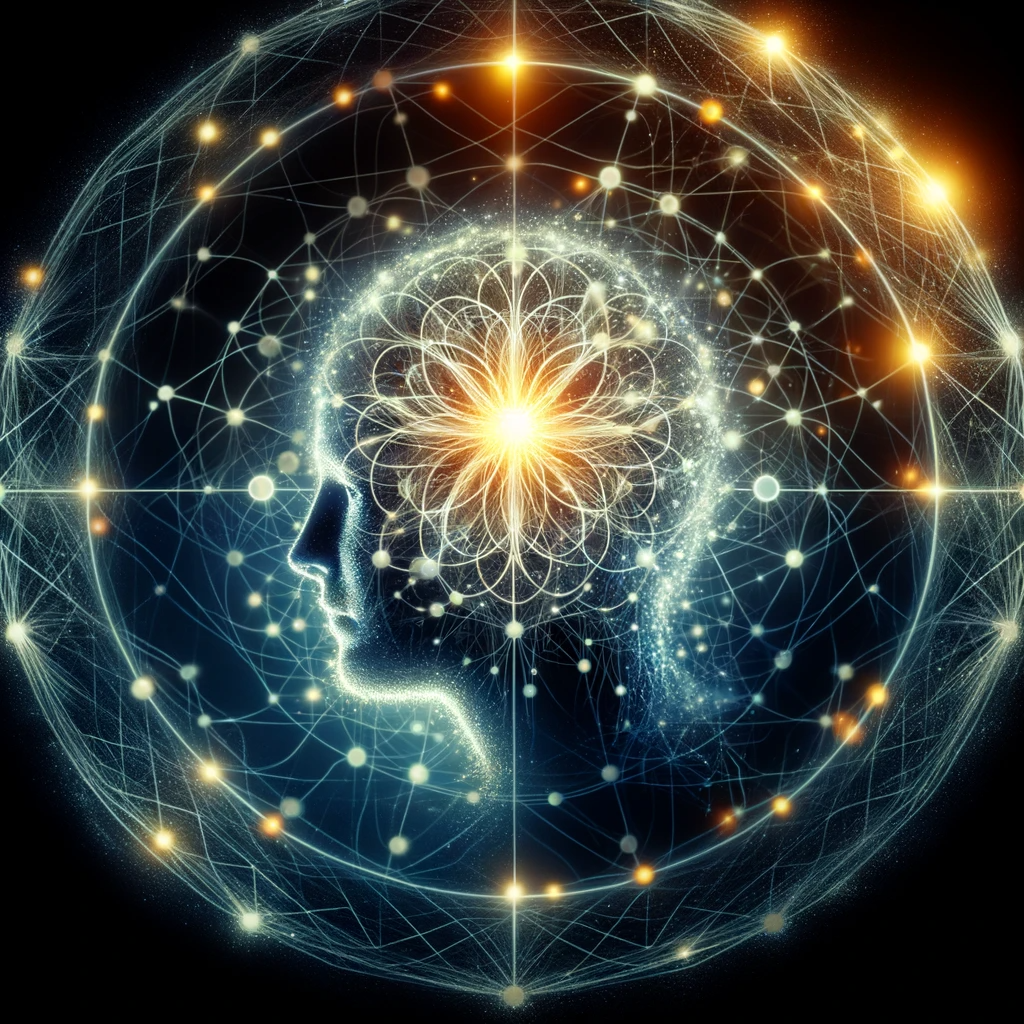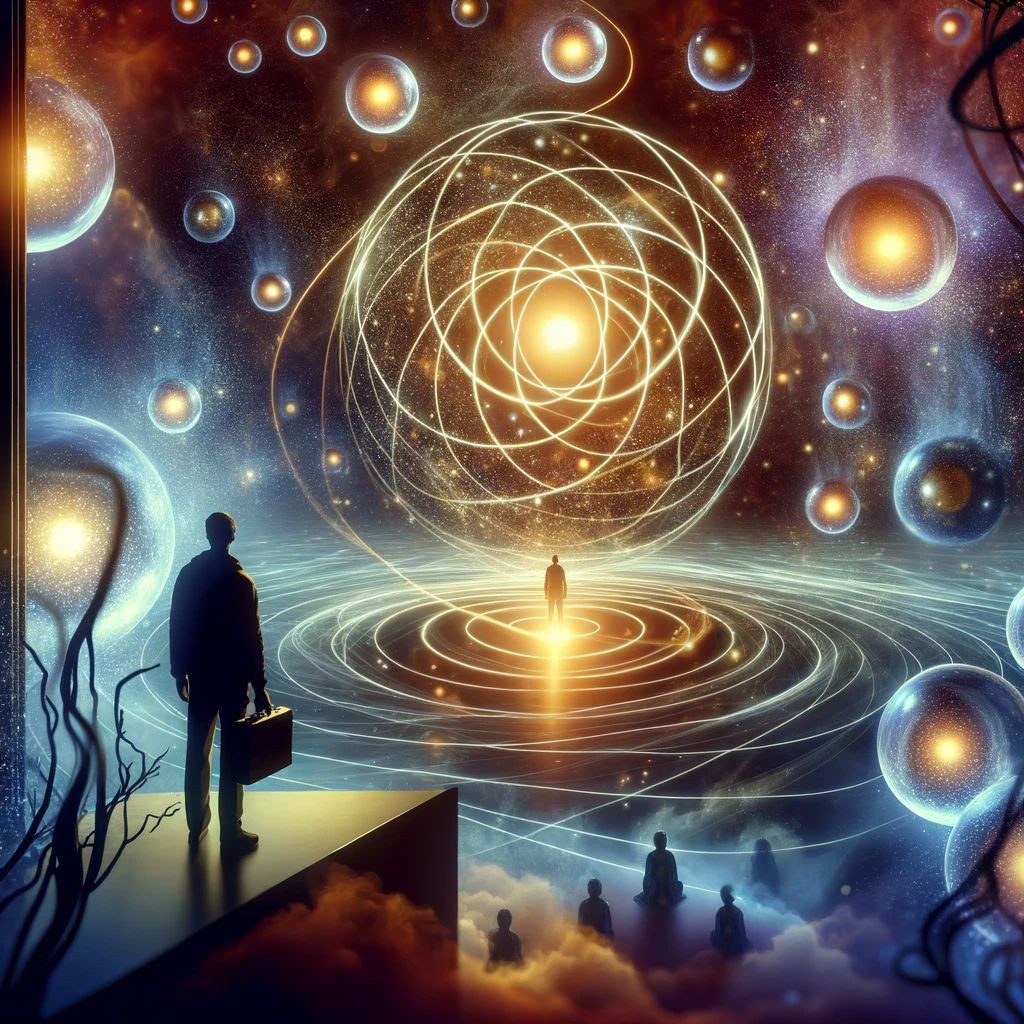The Science of Manifestation: How Quantum Physics Supports the Process

The idea that our thoughts and beliefs can manifest reality is a concept that has been around for centuries. In recent years, the principles of manifestation have gained more mainstream popularity. But is there actual science behind manifestation? Surprisingly, concepts from quantum physics provide some compelling explanations for how and why manifestation could work. Let’s explore the scientific evidence supporting manifestation.

A Brief Overview of Manifestation
The basic premise of manifestation is that our thoughts, emotions, beliefs, and intentions have the power to attract events, circumstances, and physical reality into our lives. By focusing on desired outcomes, visualizing attainable goals, and embracing an abundance mindset, proponents of manifestation believe we can materialize positive experiences.
Common manifestation techniques include:
- Visualization and guided imagery
- Affirmations and incantations
- Emotionally aligning with future success
- Letting go of attachment to specific outcomes
- Taking aligned actions
By combining mental, emotional, and physical focus on a desired result, manifestation aims to collapse the quantum wave function in favor of probable realities that match our intentions.
Quantum Physics Concepts Supporting Manifestation
Several key principles from quantum physics offer compelling links to the manifestation process. Let’s break down the scientific concepts and how they relate to creating reality through focused thought.
Wave-Particle Duality
A core tenet of quantum physics is the wave-particle duality – the discovery that subatomic particles can exist simultaneously as waves and particles. Waves represent possibility and probability. Particles represent fixed reality.
This finding suggests that all matter exists first as “possibility waves” until consciousness causes it to collapse into observable particles and reality. In theory, manifestation works by intentionally collapsing probability waves into the tangible outcomes we visualize.
Quantum Superposition
Another quantum concept applicable to manifestation is superposition. This refers to a particle’s ability to exist in multiple probable states simultaneously.
For example, think of an electron orbiting an atom. According to quantum superposition, the electron occupies multiple locations and energy levels at once as a wave of probabilities. Our consciousness determines which state becomes the electron’s fixed position and energy level.
Superposition indicates that infinite realities exist prior to conscious observation. By training our focus with visualization and emotional alignment, we may influence which potential reality manifests.
Quantum Entanglement
Known as “spooky action at a distance,” quantum entanglement demonstrates that particles can be connected across vast distances of space and time. When two particles become entangled, they mirror each other instantaneously no matter the physical separation between them.
This supports a universal human connection to all matter and possibility. By consciously entangling our thoughts and energy fields with desired future realities, the theory is we can attract those outcomes into existence.

The Observer Effect
One of the most compelling scientific principles supporting manifestation is the observer effect. This discovery revealed that particles exist only as probabilities until a conscious observer measures and fixes those possibilities into tangible form.
In essence, reality does not take physical form until it is observed. This principle powerfully links human consciousness to the process of materializing reality out of infinite quantum wave functions. Focusing our observation on what we wish to manifest may collapse those possibilities into existence.
Potential Limitations and Challenges
While quantum physics offers thought-provoking overlaps with manifestation, there are some limitations and disagreements worth noting:
- The connection between quantum-level events and larger reality is theoretical. Some posit a “wall” separates the quantum and human-scale worlds.
- Mainstream science has not validated that thoughts or intentions alone can physically manifest outcomes through quantum processes.
- Current quantum experiments demonstrate observation of atomic-level systems under meticulous laboratory conditions. This is vastly different from directly materializing macro-scale objects and life events.
- Some interpret the observer effect as interaction with a device or experimental measurement, rather than human consciousness alone collapsing probability waves.
Regardless of disagreements, the links between manifestation and quantum theory are compelling areas for continued exploration. With an open yet critical mindset, we can advance our understanding of how consciousness helps shape reality.
Takeaway: Manifestation Aligns with Possibility-Based Quantum Models
Manifestation relies on the premise that human thoughts, emotions, intentions, and beliefs influence the collapse of quantum potentials into tangible realities that match our focus. Key principles from physics, including wave-particle duality, superposition, entanglement, and the observer effect, support a malleable, possibility-based model of reality.
While mainstream science has not conclusively proven conscious manifestation can directly control larger-scale outcomes, quantum physics offers thought-provoking explanations for how our minds participate in observing, shaping, and interacting with the universe around us. With an expanded scientific lens, the basic tenets of manifestation seem far less mystical.
Our ultimate co-creation with reality likely involves a dynamic dance between focusing our consciousness on desired probabilities, taking aligned action on those possibilities, and allowing the universe freedom to manifest the highest good for all. With an open and curious mindset, we can gain fuller understanding of how our intentions and beliefs intersect with quantum reality to attract our desired experiences.

FAQ
What is manifestation?
Manifestation is the concept that our thoughts, beliefs, emotions, and intentions can attract events, circumstances, and physical realities into our lives. By visualizing, focusing on, and aligning with desired goals, manifestation teaches that we can materialize positive experiences.
What are some common manifestation techniques?
Techniques include visualization, affirmations, aligning emotions with desired outcomes, letting go of attachments, and taking inspired action towards goals. These help collapse quantum wave functions in favor of realities matching our intentions.
How does quantum physics support manifestation?
Concepts like wave-particle duality, quantum superposition, entanglement, and the observer effect suggest that consciousness plays a role in collapsing possibility waves into tangible particles and manifested realities.
Can science fully explain or prove conscious manifestation?
Mainstream science has not yet conclusively validated whether human thoughts/intentions alone can manifest outcomes through quantum processes. The connections are still theoretical. More research is needed on consciousness and quantum physics.
What are some potential limitations?
Limitations include disagreements on whether a “wall” separates quantum and human-scale reality. Manifesting macro-scale objects may be different from influencing atomic particles under lab conditions. The observer effect may require measuring devices, not just human consciousness.
What is the key takeaway?
The takeaway is that manifestation aligns with quantum physics models where realities exist first as probability waves until conscious observation helps collapse them into fixed form. While not proven conclusively, quantum theory offers thought-provoking scientific explanations for how manifestation could work.